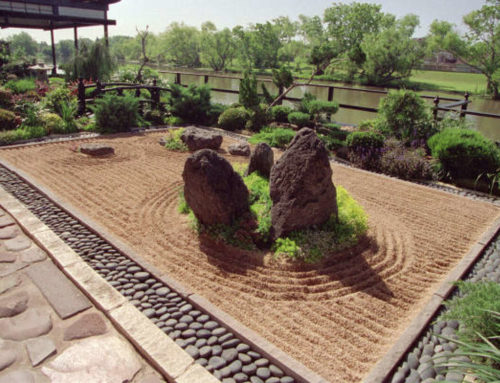Urban Rooftop Gardens: Bringing Green Spaces to the Concrete Jungle of California
As urban areas continue to grow in California, the demand for green spaces and gardens has never been higher. This is where the niche of urban rooftop gardens comes into play, offering an innovative solution to the scarcity of land by transforming underutilized rooftop spaces into vibrant and sustainable oases in the midst of the concrete jungle.
Urban rooftop gardens have gained popularity among homeowners and businesses alike. These gardens involve the design and creation of green spaces on rooftops, using techniques such as container gardening, vertical planting, and sustainable design elements to maximize the use of limited space.
One of the key benefits of urban rooftop gardens is the ability to bring nature into densely populated urban areas. Rooftop gardens provide a breath of fresh air and a connection to nature that is often lacking in cities. They offer a tranquil retreat where people can relax, socialize, and enjoy the beauty of plants and greenery amidst the hustle and bustle of city life.

In addition to their aesthetic appeal, rooftop gardens provide several environmental advantages. They act as natural insulators, reducing energy consumption by insulating buildings from heat and cold. Rooftop gardens also help to mitigate the urban heat island effect, where cities experience higher temperatures due to the concentration of concrete and asphalt. By incorporating plants and green spaces, rooftop gardens can help cool the surrounding area and improve air quality.
Furthermore, rooftop gardens contribute to urban sustainability. They can be designed to incorporate rainwater harvesting systems, allowing for the collection and reuse of rainwater for irrigation purposes. This reduces the reliance on freshwater sources and helps to conserve water, which is particularly important in drought-prone areas like California.
Rooftop gardens offer a wide range of design possibilities. Depending on the available space, homeowners can opt for container gardening, using pots and planters to grow a variety of plants and flowers. Vertical gardens, utilizing trellises or living walls, provide a striking visual display and maximize the use of vertical space. Additionally, rooftop gardens can be designed to include seating areas, walkways, and even small ponds or water features, creating a multi-functional outdoor space.
Another advantage of urban rooftop gardens is their potential for urban agriculture. Homeowners and businesses can grow their own fruits, vegetables, and herbs, promoting local food production and reducing the carbon footprint associated with food transportation. Rooftop gardens can also serve as educational spaces, providing opportunities for urban farming workshops and community engagement.
In conclusion, urban rooftop gardens offer a unique and innovative solution to the lack of green spaces in urban areas of California. By transforming underutilized rooftop spaces into vibrant and sustainable oases, homeowners and businesses can enjoy the benefits of nature, improve environmental sustainability, and create a sense of community in the concrete jungle. Rooftop gardens not only enhance the visual appeal of buildings but also contribute to energy efficiency, water conservation, and urban agriculture. With their versatility and numerous advantages, urban rooftop gardens are a niche that brings the beauty of nature to the heart of the city.






Leave A Comment
You must be logged in to post a comment.